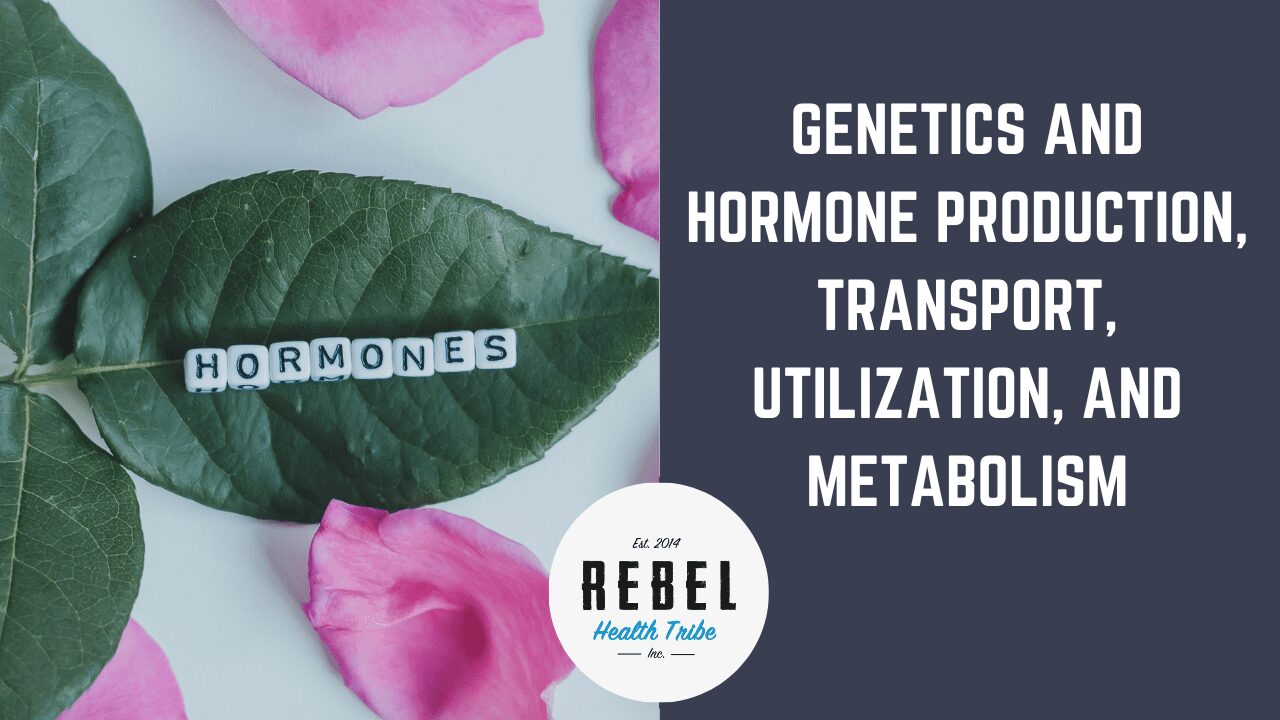
Genetics and Hormone Production, Transport, Utilization, and Metabolism
Our genetics play a larger role in our hormones than most people
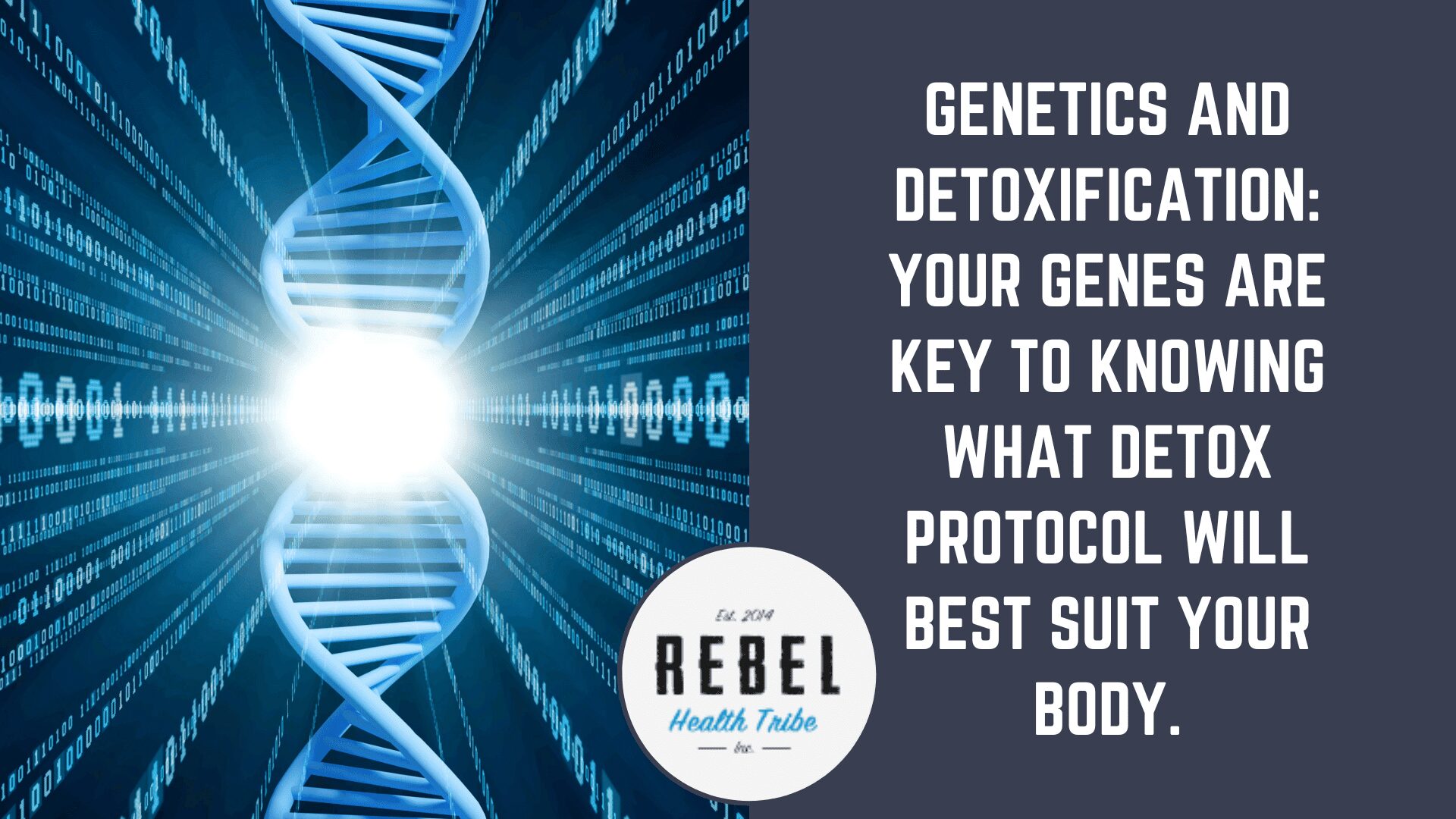

Our genetics play a larger role in our hormones than most people
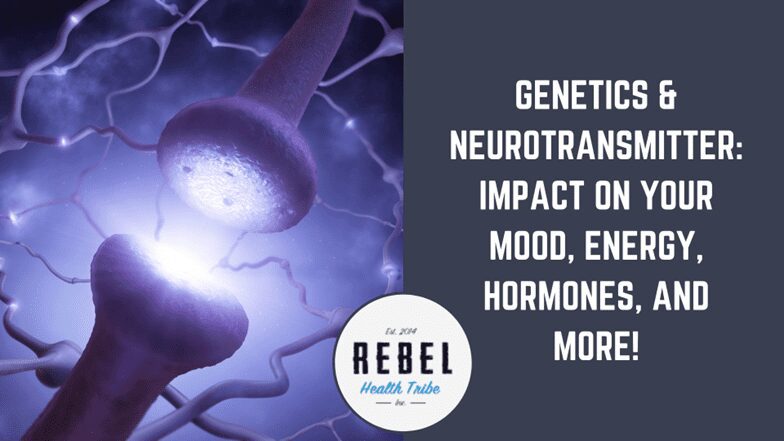
Have you wondered why an antidepressant didn’t work for you? Have you

https://vimeo.com/821487331 If you’ve ever bought a detox kit off a shelf

Optimization Guide
If you’ve ever bought a detox kit off a shelf or felt considerably worse while doing a detox, there’s a chance that your detox didn’t work out for you as you had intended.
In fact, I recommend that no one embark on a detox protocol without first knowing how their body is genetically wired to detoxify. Genetic testing can provide undisputable information that can tell you what the best course of action is for successfully supporting detoxification with the least potential for harm. I talk all about detox genes and pathways in an entire chapter in my upcoming book, Enhancing Fertility through Functional Medicine (Taylor & Francis).
In today’s toxic world, being able to effectively clear toxins may be even more important than “eating healthy.” Studies have shown that toxins are known causes of all kinds of things from obesity to infertility, to cognitive decline. Children today are exposed to exponentially more toxins in the first decade of life than the entire lifetime of people that lived a century ago. Toxins are ubiquitous not only in our air, water, and food, but also in our homes and body care products.
In addition to exogenous toxins (external sources), our bodies also generate some toxins as a by-product of metabolism. It is important to have enough antioxidants and a well functioning liver to support clearance of these toxins.
Detox Pathways: Balance is Key
There are two phases of detoxification in the liver. First, phase 1 takes a toxin and turns it into an intermediary substance, which can oftentimes be much more toxic than the original toxin. The CYP genes, of which there are dozens, govern phase 1 detox ability, and everyone’s CYP genetic profiles are different.

Next, that intermediary substance goes through phase 2 detoxification, which is where the toxin gets turned into a water soluble substance that is then able to be excreted via urine, feces, or sweat. There are six phase 2 detoxification pathways which are each governed by numerous genes. Each gene makes a specific enzyme that helps to detoxify certain toxins, and many of these genes are interdependent upon each other.
Some people are genetically predisposed to be better able to, for example, clear alcohol while others are slower at clearing hormones or pesticides. Knowing what our genetic weaknesses are will enable us to bolster our detox pathways so we can more effectively clear all the toxins that we are exposed to on a constant basis.
Knowing your genetic makeup will help you to know things like whether your phase 1 is working well, but also that it is not working too quickly that a slow phase 2 pathway can’t keep up with all the stuff that phase 1 is cranking out.
The Five Primary Phase 2 Detox Pathways
We can use the analogy of a bathtub to best explain detoxification ability. Toxins coming into the liver are like water filling up the bathtub. We can imagine that the drain hole at the bottom of the tub splits into five different pipes. These five pipes are the five primary phase 2 liver detoxification pathways:
Each of these detox pathways have their certain set of genes that dictate how well they are able to do their job. We need to make sure that the drain pipes are clear and working optimally, otherwise things are going to get backed up. We need to be draining toxins all the way out of the pipes fast enough to keep up with the amount coming in.
Certain toxins are cleared through only one phase 2 pathway, so if that pathway is slow or overwhelmed by too much of that toxin, that toxin and all the other substances that pathway is responsible for clearing will build up. But unlike a drain pipe, the toxins in our bodies, if not properly metabolized and excreted, can get recirculated and/or stored and wreak havoc on other parts of the body outside of that pathway.
What is Glutathione?
We can’t talk about detoxification without discussing glutathione. Glutathione is considered our body’s “master antioxidant” because it is able to recycle itself and other antioxidants to keep neutralizing free radicals. Glutathione is not only an antioxidant, but it is also one of our liver’s phase 2 detoxification pathways. Glutathione has many important roles in the body including maintaining cellular health, antiaging, energy production, cardiovascular health, immunity, and protecting against chronic inflammatory diseases.
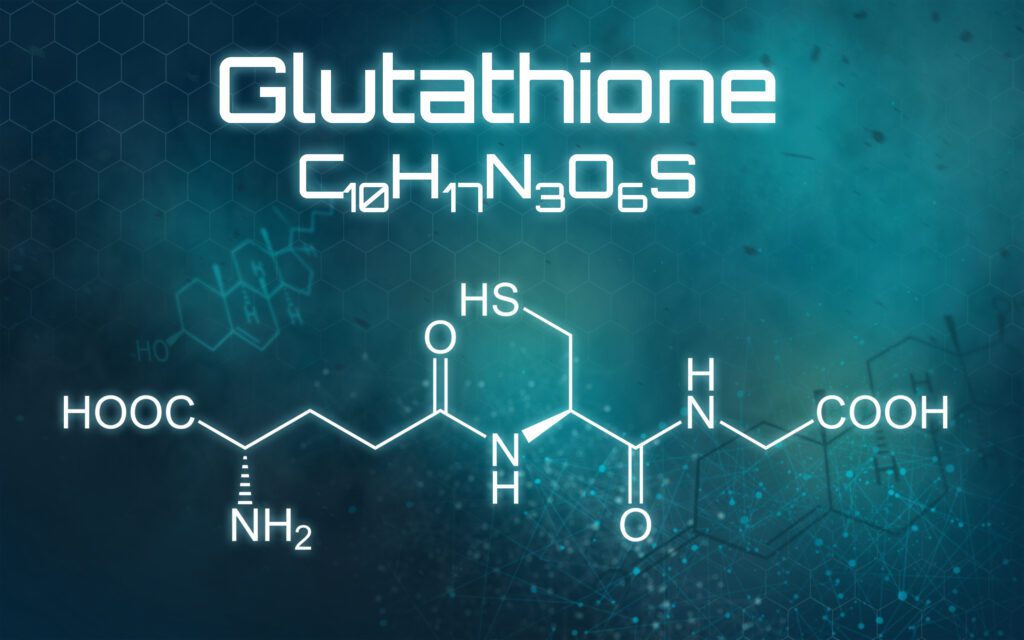
Many well-meaning practitioners will recommend glutathione for detoxification, but lots of people are genetically predisposed to not being able to recycle it!
This likely is what is happening if you’ve ever taken glutathione and felt considerably worse. That is often incorrectly chalked up to a “Herxheimer reaction,” which are symptoms that a detox reaction can cause, such as flu-like symptoms like headaches, body aches, nausea, fatigue, and general malaise.
When glutathione is not properly recycled it gets stuck in its oxidized form (meaning its inactive form after it has done its job of donating an electron to neutralize a free radical) and is not able to recycle back into its reduced form (the active form that is able to neutralize free radicals). This can cause inflammation and damage to cells! For those that are curious, the primary gene in glutathione recycling is the Glutathione Reductase (GSR) gene, and when variated, will slow down your body’s ability to recycle glutathione back into the reduced form. Due to glutathione being an antioxidant and a phase 2 liver detoxification pathway, there are many genes that can affect glutathione status, transport, and utilization. The genetic interpretation software that I use has mapped out the entire glutathione pathway, from production (discussed ahead) to transport, to utilization.
What about NAC for boosting glutathione levels?
Glutathione is made up of three amino acids – cysteine, glycine, and glutamine. There are genes that govern how well these amino acids assemble to make glutathione. The GCLC, GCLM, and/or GSS genes are the genes that actually assemble these amino acids into glutathione. Having variants in these genes (which is not uncommon) will hinder your ability to make glutathione, so taking N-acetyl-cysteine (NAC) may not be helping your glutathione status like everyone assumes it does, because in this case, it’s not a lack of cysteine that’s the issue, it’s a lack of ability to assemble the glutathione molecule. Knowing your genetic profile can save you money because you won’t be buying a supplement that your body can’t use!
These are just two factors that affect detoxification ability. There are other antioxidants and substances that are very involved in detoxification, all which are governed by their own genes. There are also quite a few genes that govern bile synthesis and utilization. Bile is critical for detoxification! It is what takes toxins from the liver to the intestines to be eliminated, as well as emulsifying fats that are needed to make ATP (energy) in the body. We need ATP in order to make glutathione.
In addition to genetic predisposition, gene function is influenced by nutrition, stress, and lifestyle. The good news is that we can compensate for our genetic weaknesses if we know what they are! As I wrote in my previous post, our genes code for enzymes, and enzymes are what make things happen. Each and every enzymatic reaction requires specific nutritional cofactors (helpers) in order to work, but toxins also “gum up the works” in biochemical pathways.
Nutrients and Supplements that Support Detoxification
Some nutritional cofactors that support our detoxification genes are B vitamins, magnesium, choline, taurine, methionine, zinc, copper, selenium, vitamin C, and the all-important glutathione. Our genes also dictate how nutrients are transported, used, or metabolized in the body. Having variants in any of these genes will affect detox ability, along with impacting other bodily functions that require these nutrients.
The Benefits of Knowing Your Genes for Detoxification
Knowing our genetic profile for detoxification (or for neurotransmitter balance or the many other areas our genes can reveal to us) will allow us to be able to provide the proper targeted support to help compensate for genetic variants while at the same time preventing adverse reactions or ineffectiveness. The ultimate benefit of this is disease prevention.
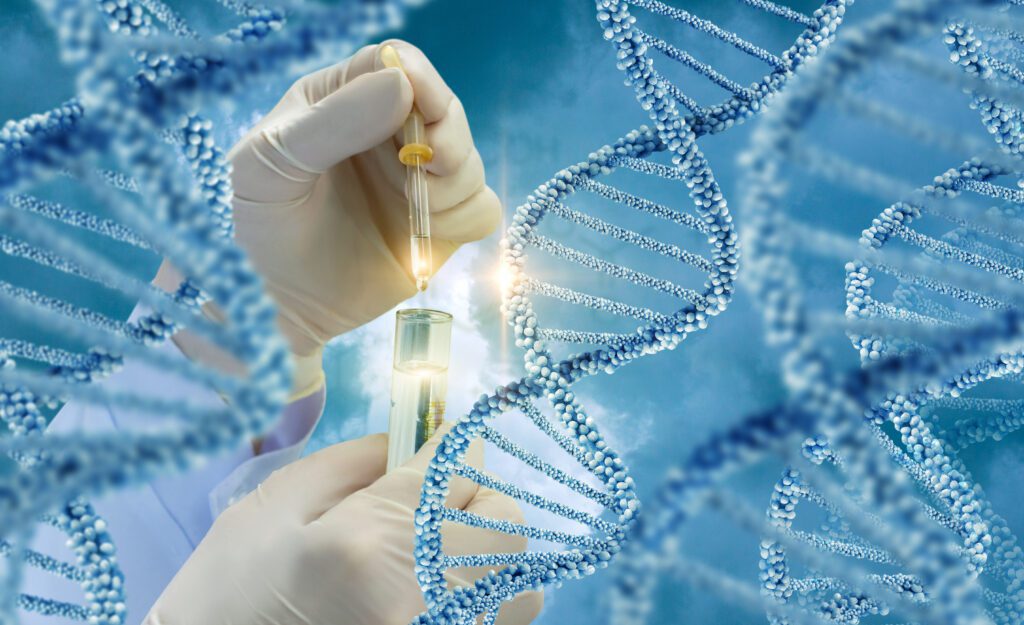
Most genetic interpretation services only report a few detoxification genes, such as two or three of the Glutathione-S-Transferase (GST) genes (of which there are many, plus numerous other glutathione related genes), or they focus only on the MTHFR gene as a primary component of detoxification (which is one gene in the entire methylation pathway, which is one of the phase 2 liver detoxification pathways). These limited numbers of genes are completely incapable of giving us the full picture of our detoxification abilities!
As I stated earlier, the interpretation software that I use maps out genes in the entire glutathione pathway, numerous other antioxidants and their pathways, bile-related genes, all the phase 1 CYP genes, and many of the genes within each of the five phase 2 detoxification pathways.
Not All Reports and Genetic Interpretation Services Are the Same.
Also, almost all interpretation services merely ‘spit out’ automated reports with canned responses. They do not have a live human giving thoughtful consideration to your specific genetic profile based upon your current diet, lifestyle, supplements, recent lab work, and protocols. The automated response for one genetic variant can directly contradict the information that is generated for another genetic variant that we may have. This can cause ‘analysis paralysis’ for the consumer.
Just as there is no magic supplement or diet for everyone, there is no detox method or protocol that works for everyone. Everyone’s genes are just too varied. If you want to save time, money, and the potential for feeling lousy and causing more inflammation, explore your genetics before embarking on a detox.
Interested in learning about your genetic profile?
Purchase your Functional Genomics Personalized Analysis & Interpretation
Purchase the 23andMe Raw Data Interpretation
View the webinar – Deep Dive: Understanding Genetics to Build your Personalized Road to Health
Buy the book – Enhancing Fertility through Functional Medicine: Using Nutrigenomics to Solve ‘Unexplained’ Infertility
Follow me @FunctionalFertilitySolutions (Instagram) for more info like this, and feel free to contact me at Info@JaclynDowns.com!
Optimization Guide
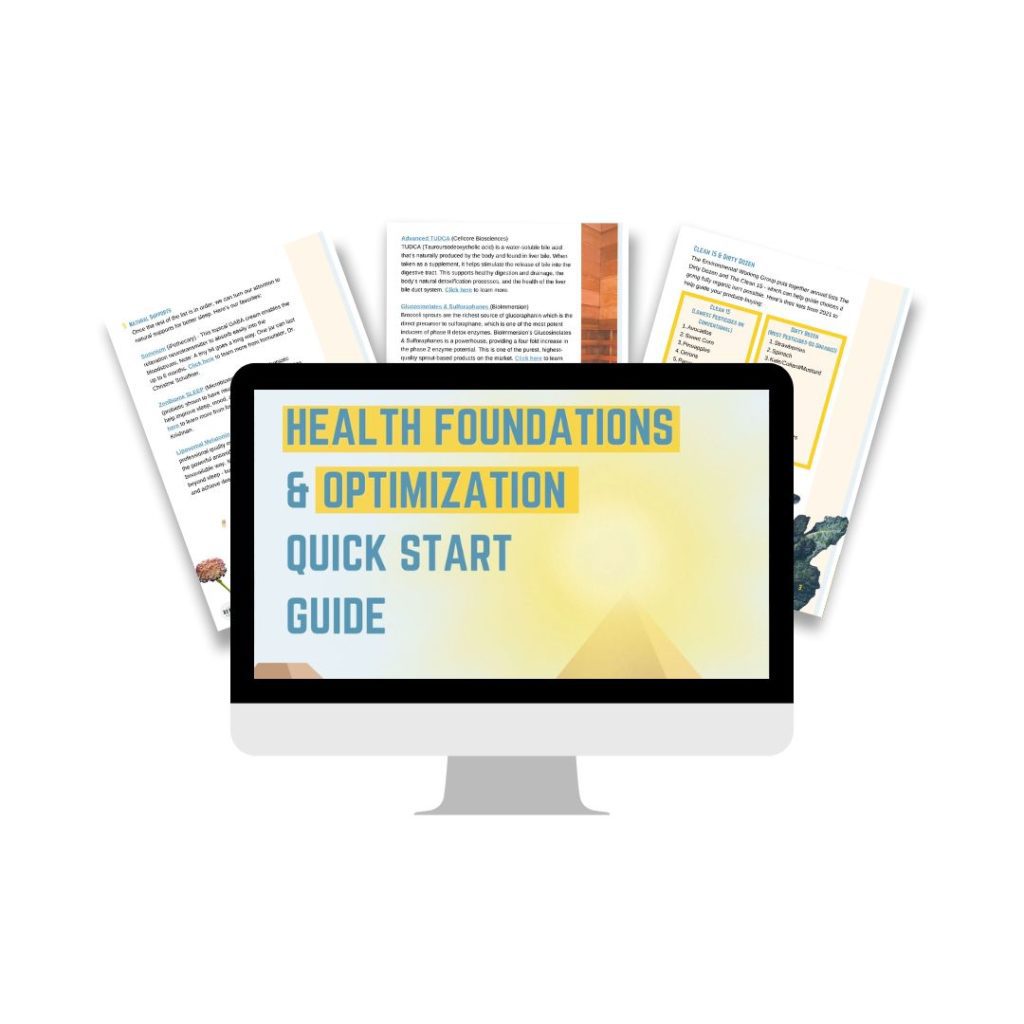
An Exclusive Course with 10 Years of Microbiome Knowledge Build Your Resilient Gut: Microbiome & Beyond
If you’ve ever wanted all of Kiran’s best content in one place, here they are!
The toxicity and Detoxification Masterclass covers a wide array of topics with the following guests:
19 Leading Experts Share Cutting-Edge Science, Effective Practices, and Clinical Strategies to Optimize Brain & Nervous System Health in Kids and Adults
Autoimmune Masterclass brings together 17 of the world’s leading doctors, researchers, and experts on autoimmune diseases who each present their own mini-class on autoimmunity.
Be the first to get access to special offers, new podcasts, courses, products and events from Rebel Health Tribe.
MegaSporeBiotic is a probiotic blend of 5 Bacillus spores that have been shown to maintain healthy gut barrier and immune function.